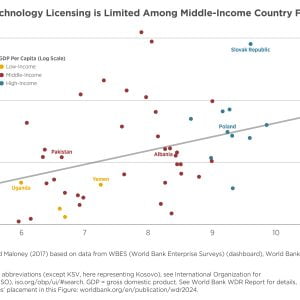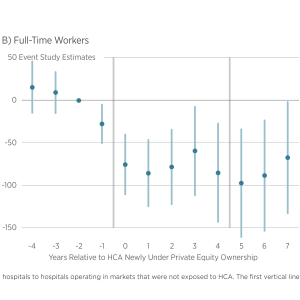
There is a sense in the media and among some academics that CEOs and top executives today should focus more on softer and interpersonal skills. In prior research, Steven N. Kaplan and Morten Sorensen use CEO personality assessments to show that CEO candidates with greater interpersonal skills are more likely to be hired. In this study, the authors expand on this earlier work and examine whether the characteristics and objectives of CEOs and top executives have changed over time.
The authors use a sample of over 4,900 executive assessments covering the twenty-year period from 2000 to 2019. The assessments, which are often requested by investors as part of due diligence evaluating a company, contain a detailed description of candidates’ background and personality, including ratings for approximately thirty specific characteristics. The authors analyze the assessments using a method called factor analysis: A statistical method used to reduce the number of variables and identify patterns by grouping variables into factors , which they detail in their working paper. They find the following:
- The most common characteristics among the assessed CEOs in the authors’ sample can be grouped into four underlying traits, which capture roughly half of the variation in the characteristics. They include candidates’ overall ability, whether they are more execution oriented and less interpersonal, more analytical and less charismatic, and more creative and less detail oriented.
- Compared to the period before 2009, the average CEO candidate assessed during or after 2009 has lower overall ability, and is more execution-oriented and less interpersonal, more analytical and less charismatic, and more detail-oriented and less creative/strategic.
- CEO candidates who are hired to become CEOs (as opposed to those who are merely interviewed) also tend to be more analytical and less charismatic as well as more detail oriented and less creative after 2009. At the same time, they are similar in overall ability and interpersonal orientation compared to CEOs hired before 2009, suggesting “soft skills” have not necessarily increased.
- Higher-ability executives appear to complement each other. There is a strong positive correlation between the ability of assessed CEOs and the abilities of other C-level executives assessed for positions in the same hiring company.
- Finally, the authors examine the relationship between the objectives for which CEOs are interviewed (most of the assessments include the objectives and challenges facing the hiring companies) and CEO characteristics. They find an increase in demand for CEOs with skills in organic growth, operations and strategy, and a decrease in demand for CEOs with skills in staffing. They also find a modest relation between the desired objectives and the characteristics of the assessed and hired CEO candidates.
Contrary to a rising sense among academics and the media, this research does not reveal an increase in the importance of interpersonal skills for hired CEOs. Instead, the authors reveal an apparent deterioration in the supply of executive candidates in terms of their general ability and creative/strategic skills. The reasons driving these supply trends present an interesting question for future research.










